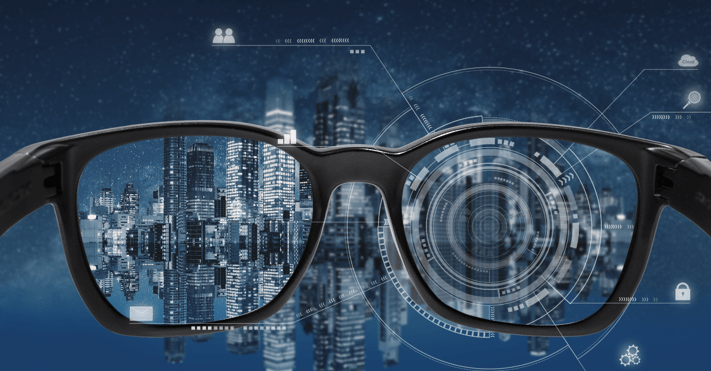
Over the next five years, live sports and tech innovations are expected to have a significant, even revolutionary, impact on broadcast television. Here are just a few factors we think will re-shape the near future of broadcast television:
-
Enhanced Viewing Experience: Innovation in broadcasting technology will lead to an enhanced viewing experience for sports fans. Virtual reality (VR) and augmented reality (AR) technologies provide immersive experiences, allowing viewers to feel like they are part of the action. Features like multiple camera angles, real-time statistics, and interactive elements could be integrated to offer a more engaging and personalized experience.

-
Streaming and Over-the-Top (OTT) Services: The rise of streaming platforms and OTT services has already been transforming the television landscape, and this trend will continue in the next five years. Many sports leagues and broadcasters are launching their own streaming platforms to cater to the growing demand for online sports content. This shift toward streaming could lead to a decline in traditional broadcast television viewership as more viewers opt for online streaming options.
-
Personalized Content and Fan Engagement: Innovations in data analytics and artificial intelligence (AI) will enable broadcasters to deliver personalized content and targeted advertisements to sports fans. Broadcasters can offer tailored content recommendations and deliver relevant advertising by analyzing viewer preferences and behavior, enhancing the overall viewer experience. Additionally, interactive features like live polls, real-time social media integration, and fan voting will further engage viewers and create a sense of community around sports events.
-
Mobile and Social Media Integration: Mobile devices and social media platforms will continue to play a significant role in the consumption of live sports. Broadcasters must optimize their content for mobile viewing and leverage social media platforms to engage with fans. Live streaming on platforms like YouTube, Facebook, and Twitter will provide additional avenues for viewers to access sports content, expanding the reach of live events beyond traditional television.

-
Technological Innovations: Advancements in technology, such as 5G networks, cloud-based production, and high-quality video compression algorithms, will enable broadcasters to deliver sports content seamlessly across various devices and platforms. These innovations will enhance video streaming quality, reduce latency, and improve overall reliability, ensuring a smoother and more enjoyable viewing experience.
-
 eSports Growth: eSports, or competitive video gaming, will continue to grow in popularity. Broadcast television will increasingly cover eSports events, attracting a new audience and diversifying sports programming. eSports broadcasts may incorporate elements from traditional sports broadcasts while catering to gaming enthusiasts' unique needs and preferences.
eSports Growth: eSports, or competitive video gaming, will continue to grow in popularity. Broadcast television will increasingly cover eSports events, attracting a new audience and diversifying sports programming. eSports broadcasts may incorporate elements from traditional sports broadcasts while catering to gaming enthusiasts' unique needs and preferences. -
Advertising and Revenue Models: Broadcast television will adapt its advertising and revenue models to keep up with evolving consumer behavior. Personalized advertisements, product placements, and interactive sponsored content will become more common. Broadcasters may explore subscription-based models or premium access options for exclusive sports content.
Times, they are a-changing! However, it's important to note that the impact of live sports and innovation on broadcast television may vary based on regional and market-specific factors. Additionally, unforeseen developments and changes in consumer behavior could influence these trends' trajectory.
.png?width=1001&height=107&name=ShareBuilders%20Logo%20(07052023).png)
.jpeg?width=100&height=100&name=SDIM0897%20(Custom).jpeg)